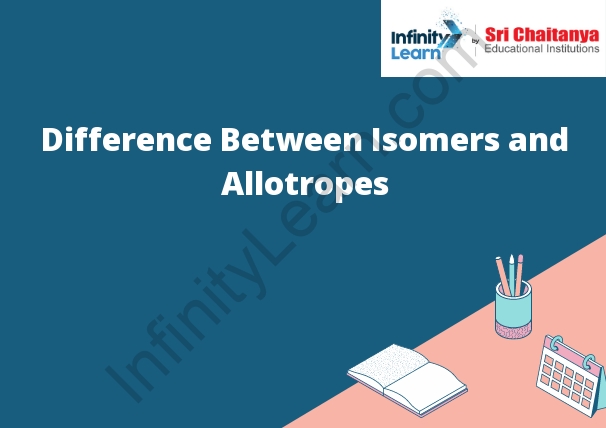Table of Contents
What are Isomers?
Isomers are two or more molecules that have the same molecular formula but different structures. This means that they have the same number of atoms of each element, but the atoms are arranged in a different order.

Examples of Isomers
Isomers are molecules that have the same molecular formula but different structural formulas. There are three types of isomers: structural, geometric, and optical.
Structural isomers are molecules that have the same molecular formula but different connectivity of their atoms. For example, the two molecules below have the same molecular formula (C4H10), but they are not the same because the atoms are connected differently.
Geometric isomers are molecules that have the same molecular formula but different spatial orientations of their atoms. For example, the two molecules below have the same molecular formula (C4H10), but they are not the same because their atoms are arranged differently.
Optical isomers are molecules that have the same molecular formula but different optical properties. For example, the two molecules below have the same molecular formula (C4H10), but they are not the same because they rotate light differently.
What are Allotropes?
Allotropes are different forms of an element that have the same atomic number but different chemical and physical properties.
Examples of Allotropes
There are many different types of allotropes, but some of the more common ones include solid, gas, and liquid.
Solid allotropes are materials that have a definite shape and volume, and they are typically hard and brittle. Some common examples of solid allotropes include diamond, graphite, and sulfur.
Gas allotropes are materials that have no definite shape or volume, and they are typically very light and easy to compress. Some common examples of gas allotropes include oxygen, nitrogen, and carbon dioxide.
Liquid allotropes are materials that have a definite volume, but no definite shape. Some common examples of liquid allotropes include water, ethanol, and mercury.
What is the Difference Between Isomers and Allotropes?
Isomers are molecules that have the same chemical formula, but different structures. Allotropes are different forms of the same element.
Allotropes and Isomers
An allotrope is a particular form of an element that has the same number of protons in its nucleus but a different number of neutrons. For example, oxygen has two allotropes: oxygen-16 and oxygen-18. Isomers are different molecules that have the same chemical formula but a different structure. For example, glucose and fructose are isomers because they both have the chemical formula C 6 H 12 O 6 , but they have different structures.









